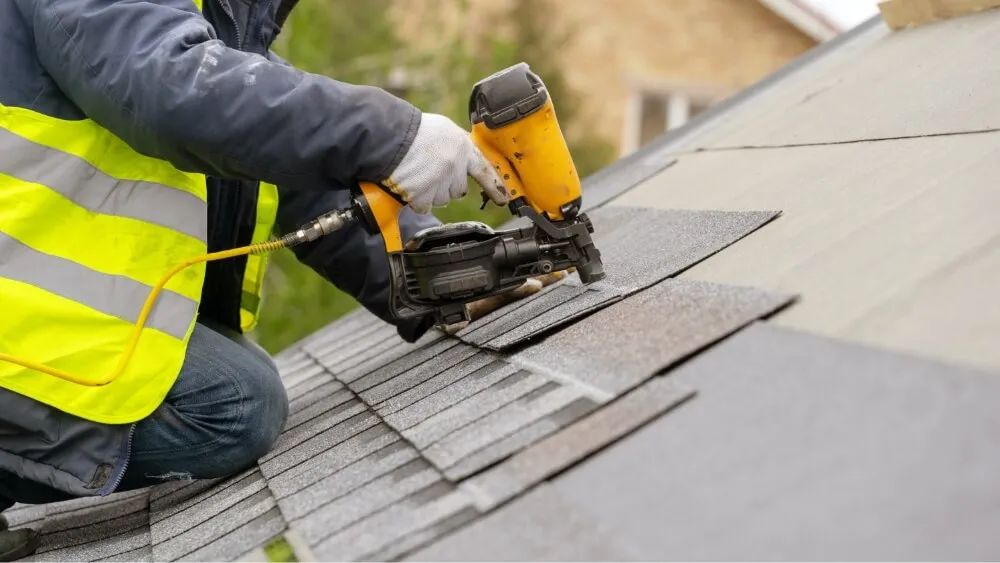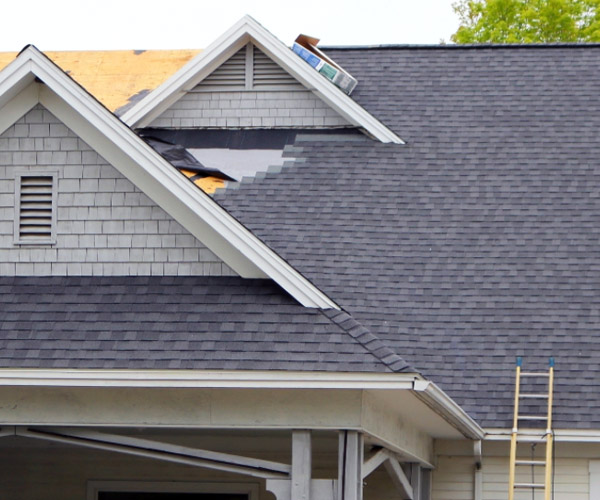Exactly How to Evaluate Different Roof Covering Choices for Your Building Needs
Evaluating roof alternatives for your building requires a thorough strategy that thinks about various aspects such as the meant use of the framework, local climate conditions, and material characteristics - Roofer. It is important to weigh the benefits and drawbacks of different roof covering types, from asphalt shingles to metal and clay floor tiles, while likewise factoring in first expenses and long-term maintenance.
Assessing Your Structure's Requirements
To effectively examine roof choices, start by thoroughly examining your structure's needs. Begin by taking into consideration the structure's intended use, as various structures may require differing roofing specs. Domestic roofings often prioritize aesthetics and insulation, while industrial structures might concentrate on resilience and load-bearing capability.
Following, examine the local environment problems that will influence roof performance. Variables such as temperature fluctuations, rainfall levels, and wind patterns can affect material selection and layout. A roofing system that stands out in a temperate environment might not carry out as well in locations susceptible to heavy snowfall or severe warmth.
In addition, evaluate the structural stability of your building. Make certain that the existing framework can sustain the selected roof covering materials, especially if taking into consideration much heavier options. It is also essential to evaluate any regional building codes or guidelines that may determine particular requirements for roof systems.

Contrasting Roof Products
Once a detailed evaluation of your structure's demands has actually been finished, the following action includes comparing different roofing materials. Each material offers distinct advantages and downsides, making it important to align your option with your details needs and situations.
Asphalt tiles are extensively acknowledged for their price and convenience of installment, making them a prominent choice for household buildings. On the other hand, steel roof covering, understood for its longevity and long life, can withstand rough climate condition however may feature a greater preliminary investment.
Clay and concrete tiles offer outstanding thermal insulation and aesthetic appeal, particularly for Mediterranean-style style, yet they need a more robust structural assistance because of their weight. Wood trembles offer a natural look and good insulation residential or commercial properties however may require more upkeep and are prone to fire risks.
Evaluating Price and Budget
Analyzing your roof choices necessitates a mindful assessment of price and budget plan considerations. The total allocate a roofing project makes up several factors, including product costs, labor expenses, maintenance, and prospective lasting cost savings. It is necessary to establish a clear spending plan before checking out specific roof products, as this will certainly direct the decision-making process and aid you stay clear of overspending.
Begin by obtaining quotes from several professionals to recognize labor prices in your region. Guarantee that these price quotes consist of all necessary services, such as removal of the old roof covering, setup, and any type of added attributes, like insulation or air flow improvements - Sylvania Roofing Contractor. Next, assess the cost of different roof covering materials, taking into account both preliminary setup prices and anticipated life-span

Recognizing Energy Performance
Power performance plays a crucial duty in the selection of roof products and systems, significantly affecting both power consumption and overall comfort within a building. A well-chosen roofing can enhance thermal performance, decreasing the requirement for home heating and cooling systems, which consequently decreases power costs and minimizes ecological effect.
When reviewing roofing options, take into consideration products that mirror instead of absorb heat. Light-colored or reflective roofing items can considerably lower roof surface area temperature levels, leading to lower energy usage Resources throughout warm months. Furthermore, correct insulation and air flow are essential to optimize the energy performance of the whole roof covering system. Insulation stops warmth transfer, while air flow alleviates warm build-up in the attic room space.
An additional crucial element is the roof's longevity and upkeep requirements. Durable products that need much less regular replacement add to long-lasting power financial savings. The power effectiveness of a roofing system can likewise be assessed with its compliance with well established sustainability ratings such as Power STAR or LEED.
Thinking About Aesthetic Charm
A roofing system's aesthetic charm dramatically affects the overall appearance of a building, matching its architectural style and enhancing curb allure. Toledo Roofer. When evaluating roof covering alternatives, it is crucial to consider just how the picked product, color, and style will harmonize with the existing framework and community. A well-designed roof can raise also the most basic of buildings, transforming them right into aesthetic centerpieces
Different roof products supply various aesthetic high qualities. Standard tiles might stimulate a classic charm, while metal roofing can impart a modern, smooth look. Furthermore, the color of the roof product plays an important duty; lighter tones can make a structure show up even more sizable, while darker tones may create a cozier ambiance.
Additionally, building aspects, check out here such as dormers and eaves, can improve the roof covering's aesthetic influence. It is recommended to speak with expert developers or architects to make sure the picked roof covering choice lines up with the general design intent. Ultimately, a roof covering should not just give useful benefits but also add favorably to the building's visual, mirroring the owner's taste and the personality of the surrounding setting.
Final thought
